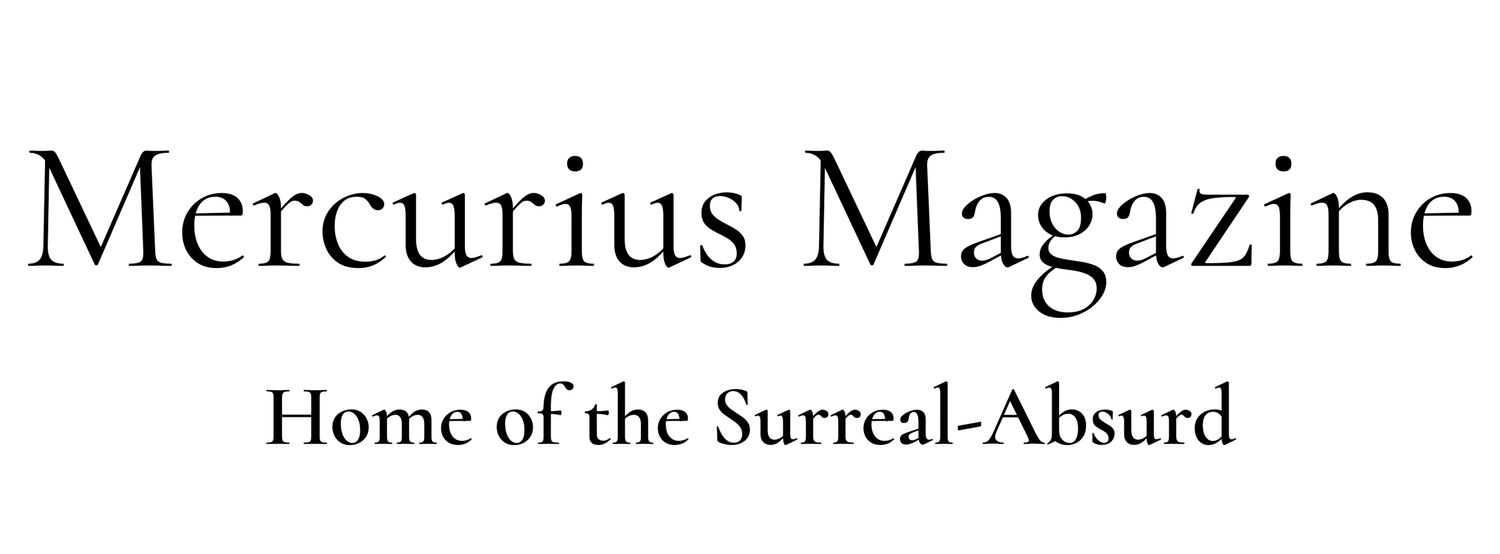Terrestial Zodiacs in Britain
Terrestrial, or landscape, zodiacs have always been at the outer edge of antiquarian studies, and remain the eccentric uncle of that trendier activity, psycho-geography. Disdained by the orthodox, they prompt questions about how we interact with the numinous in certain landscapes, and about the potency of occult symbols.
What is a terrestrial zodiac? One good definition is from John Billingsley, editor of the long-running Northern Earth journal: “A coherent set of zodiacal or quasi-zodiacal symbols outlined by features of the landscape. Generally not thought to be human-made, their empirical existence is strongly questioned.”
He tells me: “Terrestrial zodiacs can be viewed as a kind of ‘attuned artwork’ emerging from the imagination of individuals finding a particular affinity with an area of landscape that lends itself to patterning, through an interaction of natural form and human impact.”
There are many images of the zodiac in British art or scholarship, including printed, painted, etched and embroidered versions. But these are zodiacs that are quite literally said to be in Britain: that is, found in the landscape itself. Terrestrial zodiacs are astrological shapes in the land observed from maps or aerial photographs. These are then investigated by archival study and field-work, especially involving place names, folklore, and sometimes the promptings of synchronicity. Putting it simply, coincidences and curiosities and chance encounters happen when people go looking for zodiacs.
Probably the earliest, and certainly the most renowned, example is the Glastonbury Zodiac, identified by the sculptor and mystic Katharine Maltwood in the 1920s. The inspiration for this was a rich nexus of myths and legends that had grown up around the Somerset town, connecting it to King Arthur, whose grave, with Guinevere, the Abbey once claimed to have: and the idea that Glastonbury was therefore the Isle of Avalon. She drew inspiration from the medieval High History of the Holy Graal and in one of her later books designated the zodiac as ‘King Arthur’s Round Table’.
To her, the fields, woods, roads, streams and hills around Glastonbury seemed to reflect the figures of the twelve zodiac signs. Critics say that many of the symbols are rudimentary and this is just a sort of Rorschach effect. But once the idea was put forward, other examples began to be seen, with a strong surge of interest in the late 60s and 70s.
The Arthurian dimension was also significant in the work of Lewis Edwards, who in 1947-8 published his account of a Welsh Temple of the Stars which he called the Pumpsaint Zodiac, after the small village at the centre of it. He discovered the zodiac while researching possible links to Avalon in the Lampeter area. There was an exhibition in Lampeter in 2000 to celebrate his zodiac, organised by Adam Stout and Ian Henning as part of an arts festival.
Interest in terrestrial zodiacs was revived by the work of Mary Caine, starting with an article for Gandalf’s Garden (no 4, 1969). Her description was of “[A] great geomantic circle of giant effigies…modelled in relief by hills and lesser contours, outlined in part by streams…essentially natural—yet the outlines have been completed by man through the ages, by roads, paths and canals, and embellished by tumuli, ramparts and lynchets…” It is, she said, “Still under construction…Formed by the interaction of natural laws, like molecules, crystals, planets, galaxies . . .”
Many more zodiacs were then described in the pages of The Ley Hunter and similar journals throughout the 1970s. Questing young researchers, fired by the mystical spirit of the times, were poring over maps and following clues in the countryside as they sought for the signs of the zodiac in the shapes and contours of the land itself, as if the constellations could be found carved in the green hills and the silver rivers and the white roads and the copper woods of England.
Folklorist Paul Screeton wrote about zodiacs in 1972 for the radical alternative magazine Undercurrents, and also published ten issues of the Terrestrial Zodiacs Newsletter, from 1977 to 1980. The first issue was given away at The Ley Hunters’ Moot (meeting) of July 2, 1977. Paul told me: “The original series of Terrestrial Zodiacs Newsletter (TZN) was printed on a primitive duplicator hand-cranked by my late father . . . It made a clarion call to active researchers to share their thoughts, submit articles, comments . . .”. “. Zodiacs,” he said in the newsletter, “are going to require immense patience, sensibility, intuition.”
A Terrestrial Zodiacs Journal edited by pagan scholar Philip Heselton was published in 1989-90, and the first issue included a ‘provisional list of Zodiacs in Britain’ with 39 examples. Zodiacs continue to be seen and explored today. In all, about 50 examples have now been posited.
There is no doubt that terrestrial zodiacs attract a great deal of scepticism. But they remain a fascinating example of how the creative imagination may interact with landscape. There’s a shared sensibility with the work of supernatural fiction authors such as Arthur Machen, Alan Garner and Mary Butts who explore how certain tracts of country appear to be particularly charged with meaning. They are also potent as one vivid symbol of the alternative spiritualities of the Sixties and Seventies, and they connect with a mythology and a way of being in the land that is still resonant today.

